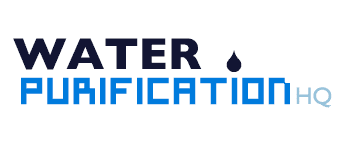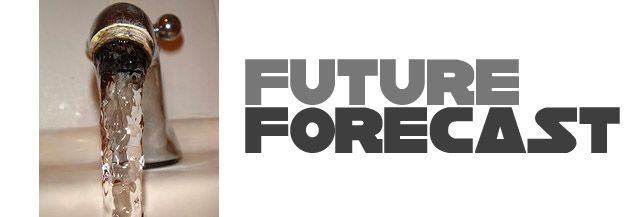This post will contain some optimistic speculation, but it will be based on relatively recent developments. When it comes to purifying water, we talk about whole house systems, reverse osmosis, and other smaller efforts like pitcher filters. In the future, there is the possibility that buildings may be self-purifying in more ways than we can currently imagine.
Many of the recent developments in filtration and purification have to do with environmental factors. Architects, designers and engineers are trying to minimize the impact that buildings have on the local environment. A big part of this is mitigating wastewater. Everything we expel from our body has to go somewhere.
The idea is that in the future, buildings will have built in systems to deal with wastewater. These are being called “living systems” because they often use plants and organisms to break down and filter waste. For example, certain snails can feed off of certain parts of our waste. By the same token, certain bacteria may be able to feed off of other parts of our waste. They can process the harmful components of the wastewater, leaving behind harmless byproducts or simply, water.
In addition, other aspects of the building will limit overall water consumption. Things like toilets with multiple flush options, or composting toilets, which can function without water. Waterless urinals will also be featured more prominently.
All of this means that less water will be used and less wastewater will be produced. This means that the overal burden of water purification will be lessened for municipal facilities. There is another component of this, however, that is worth mentioning.
Many building designs now include built in purification systems so that the water is stripped of chemicals and contaminants. This acknowledges that cities may not be able to treat their water to a reassuring degree and it acknowledges that something must be done to avoid the cost (both financially and in an environmental sense) of things like bottled water. A company won’t need to buy water coolers if the water coming into the building is being effectively filtered.
Everything I have mentioned above is already being implemented around the country and the world. Businesses are starting to recognize the inherent benefits of water purification. There is a cost benefit, but there is also a benefit to the environment and our health. You can read more about some of these developments at the U.S. Green Building Council. The bottom line is that the future is bright when it comes to drinking pure water.
What are some future developments you would be keen on seeing? If you have any ideas, drop them in the comments section below. If you ask me, I think we are just seeing the beginning of what’s possible. I’m imagining a future where water is not filled with pharmaceuticals and treated with chlorine. It may not come right away, but I think this is the path we are on and we are going to see some big changes within the next decade.
Photo credit: flickr user lilspikey







{ 0 comments… add one }